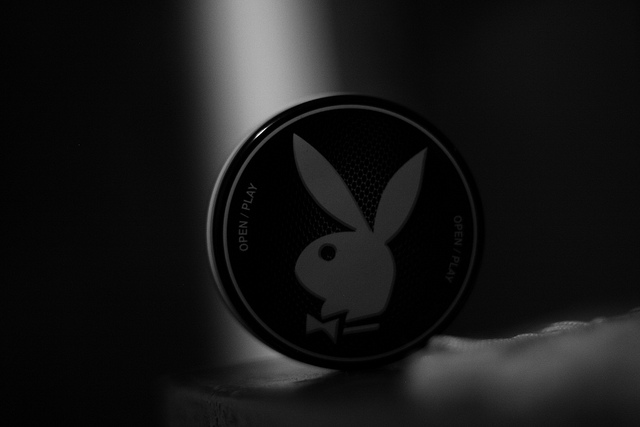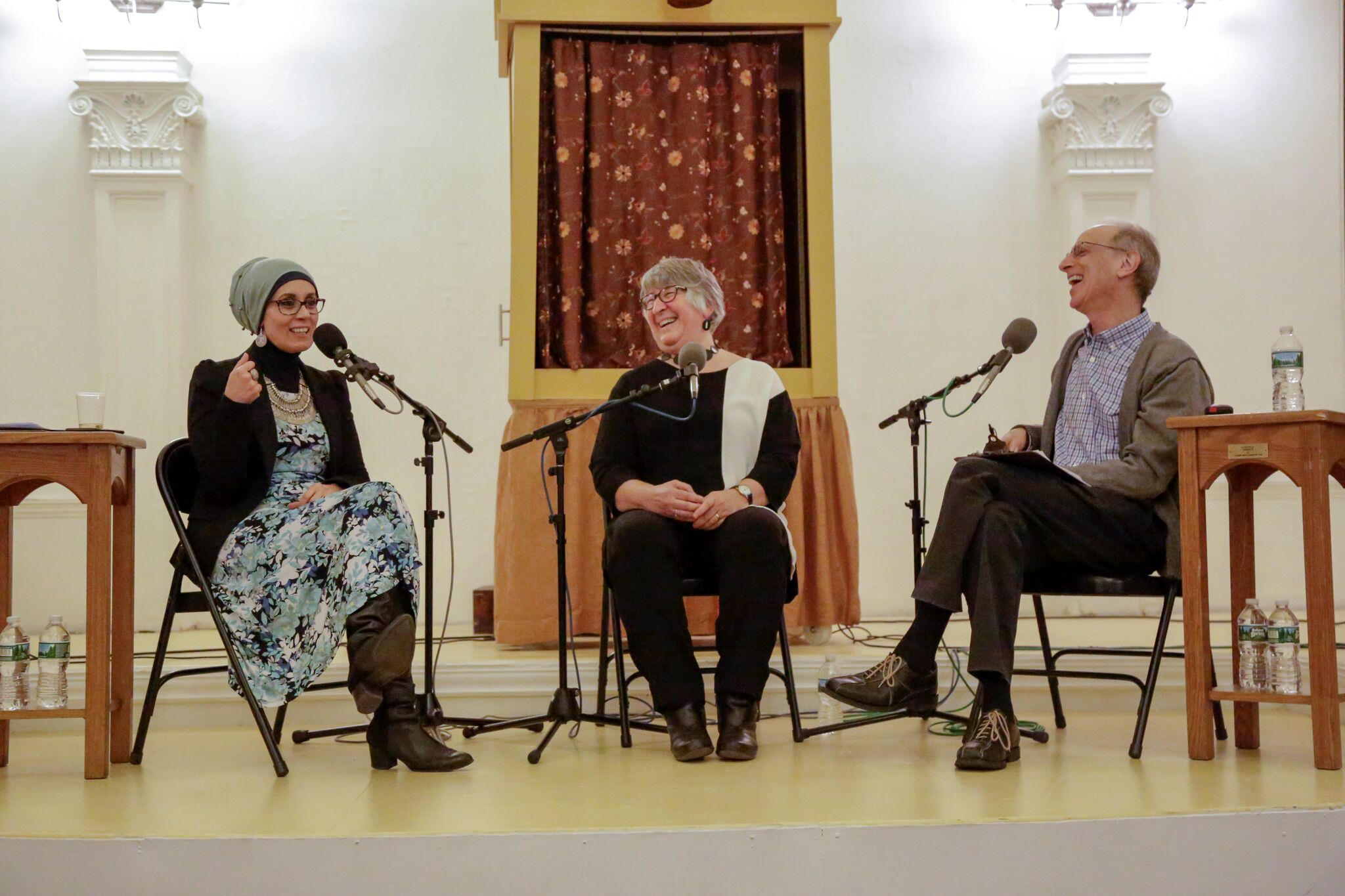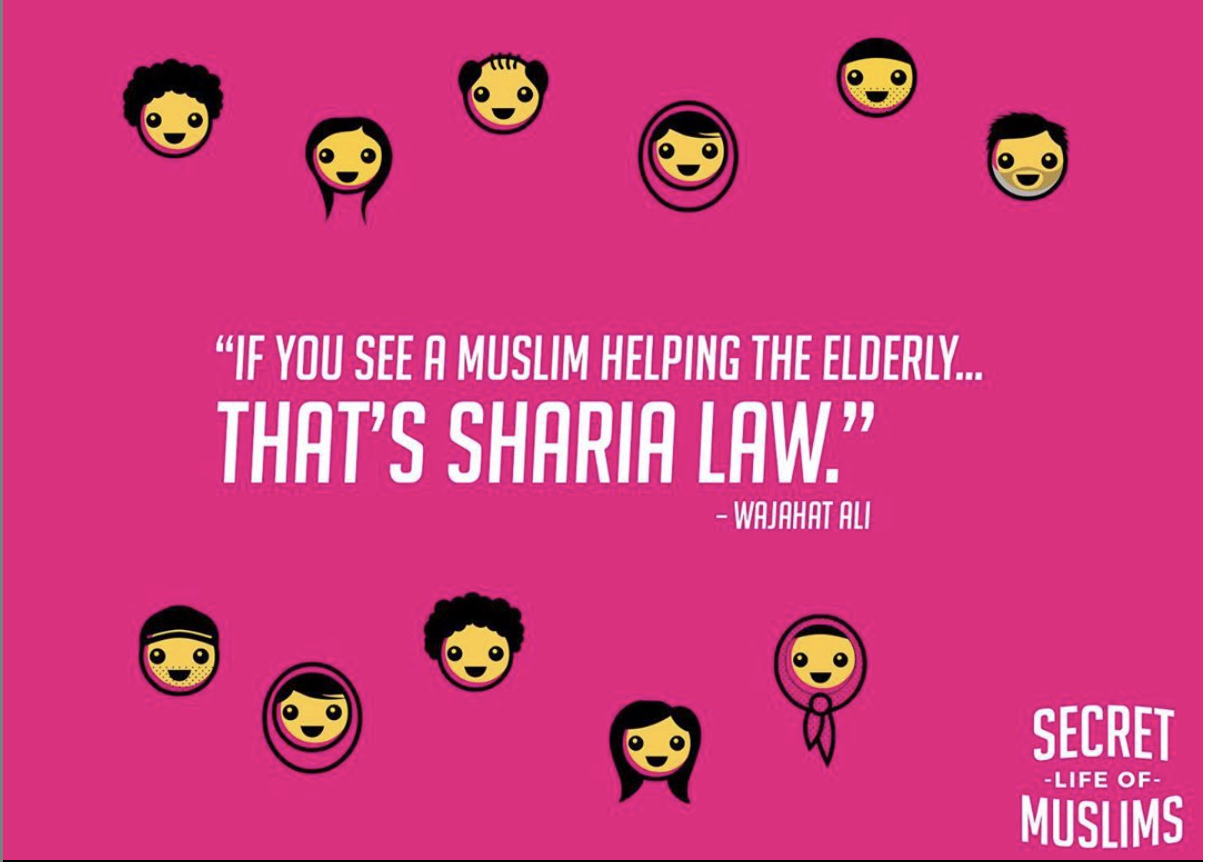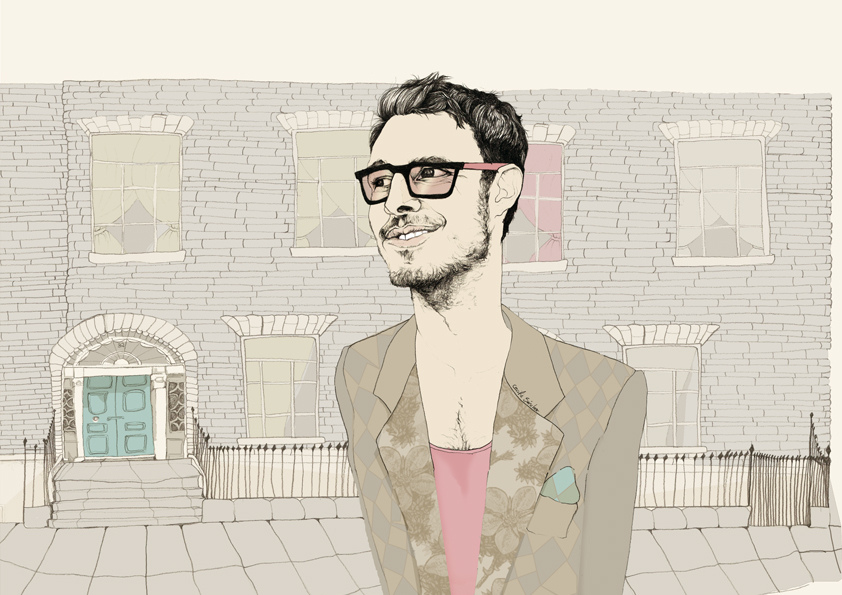In his 1966 debate with William Buckley about the “Playboy Philosophy,” Playboy magazine founder, Hugh Hefner, made clear that he opposes “religiously mandated, chastity-centered codes of sexual morality.” In fact, he opposes most any limit on public sexual expression, considering it fundamentally antithetical to freedom itself.
It may come as a surprise, then, to learn that after more than half a century of exporting the Playboy concept of femininity and sexuality to the world, Playboy’s October 2016 issue features Noor Tagouri, a Muslim woman with a headscarf (or hijab), making the case for Muslim modesty.
The interview is part of the magazine’s “Renegades” series that seeks to feature “men and women … [who have] risked it all — even their lives — to do what they love, showing us what can be accomplished if we break the rules.” The interview focuses on Tagouri’s quest to be the first anchor on commercial U.S. television to wear a Muslim headscarf.
By featuring a Muslim woman among its profiles, Playboy capitalized on a now-prevalent trend among American Muslims, and especially American Muslim women, to appear “normal” at all costs. An Atlantic piece published Monday, “American Muslims Should Reject the Politics of Normalcy”, explains the phenomenon precisely. “Muslim women especially feel the burden to appear normal … With all the negative assumptions they face about their religion, they must actively assert their lack of oppression, rather than simply living it out in their daily lives,” the article said.
Muslim women in headscarves feel the pressure to prove to the world that they are intelligent and inspired, and that the hijab does not hold them back. And mainstream media, from Forbes to The Washington Post to Refinery29, has increasingly given these women the platform to share their story.
Just last week, the fitness magazine, Women’s Runner, featured Rahaf Khatib, a headscarf-clad marathoner, on its cover. In response, the Muslim community has — rightfully — celebrated these opportunities to share its authentic narratives. And for some, the story in Playboy was just another example of that.
But the Playboy interview is a step too far. It represents Muslim women, as purportedly represented by Tagouri, not on their own terms but in Playboy’s terms — and, in the process, mocks the very ethics and morals the hijab is religiously intended to reflect.
Read the rest at The Washington Post
Photo Credit: Yussif Arellano





